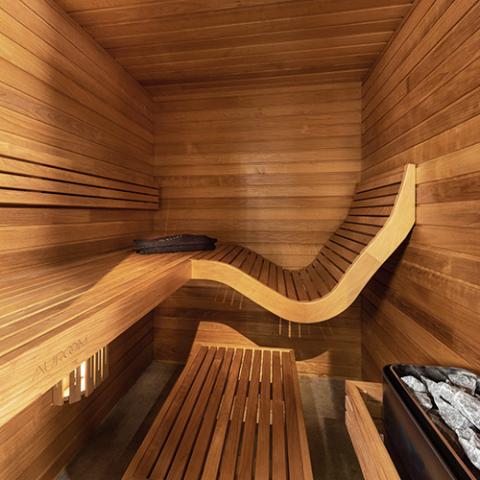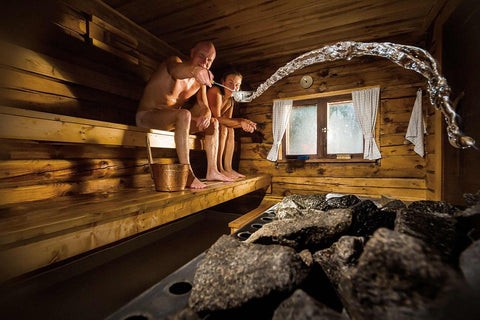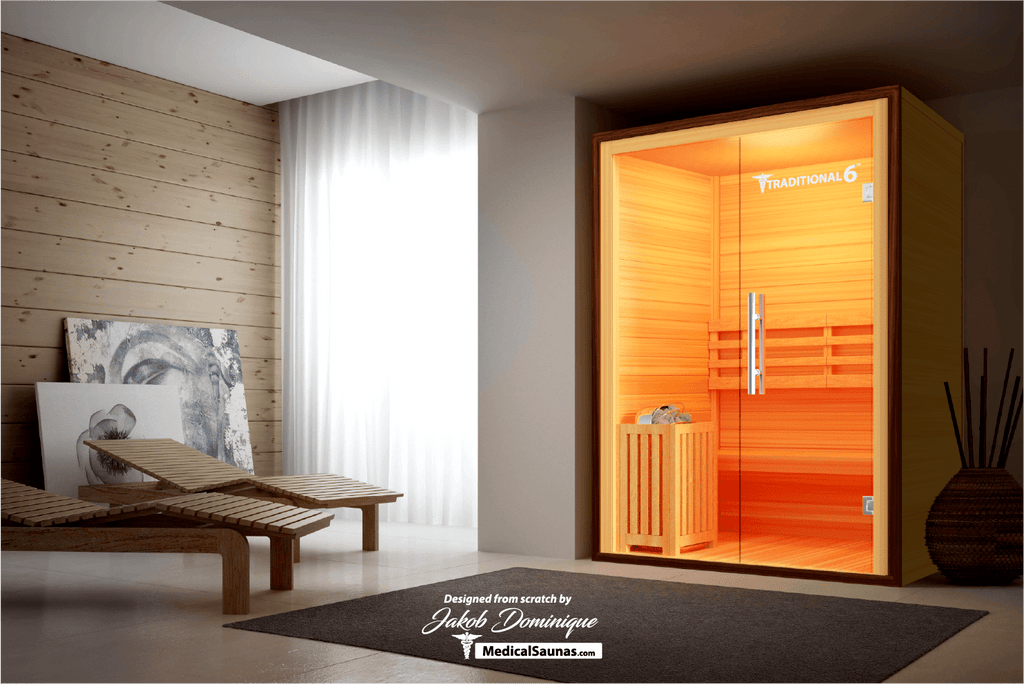The 5-Minute Rule for Traditional Sauna
The 5-Minute Rule for Traditional Sauna
Blog Article
A Biased View of Traditional Sauna
Table of ContentsNot known Details About Traditional Sauna The Facts About Traditional Sauna RevealedTraditional Sauna - An OverviewLittle Known Questions About Traditional Sauna.Getting The Traditional Sauna To Work
The majority of the weight lost in a sauna is water loss and is re-gained upon rehydrating. Without a question sauna can be a crucial component of a healthy and balanced weight loss program. To check out the distinctions between traditional and IR saunas, I will certainly separate these right into verifiable, academic, and fabricated differences.Therefore, the best point in the saunawhich is at the ceiling straight above the sauna heateris typically between 185 and 190 F. Claims that a standard sauna goes beyond 200 F is simply not real and not relevant for electrical saunas offered in the United States. The temperature for a far-infrared sauna is usually established between 120 and 140 F; however, unlike the conventional sauna, the goal in and IR room is not to achieve a high temperature.
Due to this, the temperature difference is practically unnecessary, given that profuse sweating leads to both sauna types, but the approach of warming the body is various. In an IR sauna the bather will certainly really feel warm and will sweat a lot, yet at a lot reduced temperature levels (Traditional Sauna). Therefore, if the goal is to invest longer durations of time in the sauna, the IR sauna is a good option
When a conventional sauna has actually been appropriately heated, the sauna walls are cozy, the air temperature level has achieved set temperature level and the rocks are incredibly heated. As an intriguing side note, the heated walls and the rocks are producing far-infrared warm, incorporated with the heated air, to produce an "covering warm".
Traditional Sauna - Questions

When the heat is attained, the components cycle on and off to preserve the high temperature level. Many traditional sauna users delight in pouring water over the rocks to develop steam to increase sauna moisture degrees. The advantages of pouring water over the rocks include: making the room extra comfy, dampening the nasal flows, and permitting the use of aromatherapy by blending necessary oils with the water.

When the power goes into the body, it creates the body temperature to boost and eventually leads to perspiration. In an infrared sauna it is essential for the emitters/heaters to stay on nearly frequently. Considering that there is no mass of rocks to maintain warmth, the sauna will cool down if the emitters shut off.
As mentioned above, the sauna bather in an infrared room intends to position himself before operating emitters to get optimal take advantage of the warm. The home heating time for the 2 areas can be very different, depending upon exactly how the areas are made use of. For a traditional sauna, a bather should allow 30-40 minutes for the area to achieve a desired temperature and to effectively pre-heat the rocks.
Rumored Buzz on Traditional Sauna
A well built sauna will commonly attain a temperature of 150-160 F in about 30-40 mins. For hotter temperature levels, the area might need to warm for a i was reading this longer duration.

Traditional saunas have a tendency to be bigger (therefore utilize even more electricity) than infrared saunas, although standard saunas are absolutely readily available in one and two individual dimensions. For a two-person typical sauna, 5x6 or 5x7 dimension is most popular. The leading bench can conveniently seat 2 or 3 individuals and is additionally long enough to relax throughout the sauna session.
The Of Traditional Sauna
The average price per kWH of electrical power in the U.S. is roughly $0.11, so a 4.5 kW heater will certainly cost about $.50 to compete one hour, if the heater runs constantly for one hour. Usually a sauna heating system will run for 75% of the first hour and 50% of succeeding hours on since the elements cycle once the set temperature level is accomplished.

There is a seldom talked about difference in the social experience in between the 2 areas. While our culture has actually lost some of the social advantage of the traditional sauna experience, it can be really socially rewarding you can try this out (Traditional Sauna). From household time in the sauna, to heart-felt conversations with better halves, to sauna partiesthe traditional sauna experience can bring about intimate socializing
Traditional Sauna Things To Know Before You Get This
Many higher end infrared spaces consist of colored light therapy, stereo and full-glass fronts. The dimension of most areas enable 2 individuals to easily use the room, while some styles may permit for a third or 4th individual to make use of the room. Personalized infrared spaces are likewise readily available, with space sizes readily available as much as 7' x 8' x 7' high.
Report this page